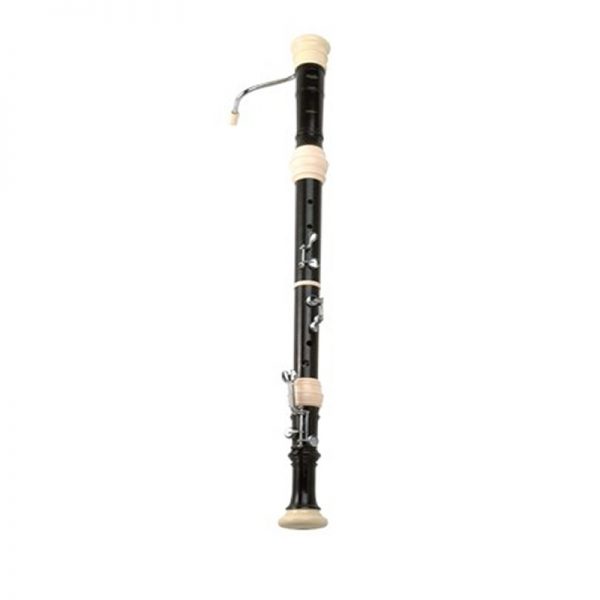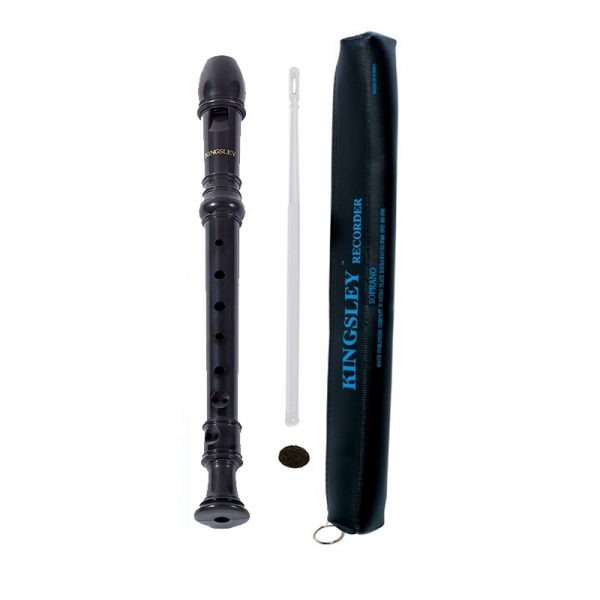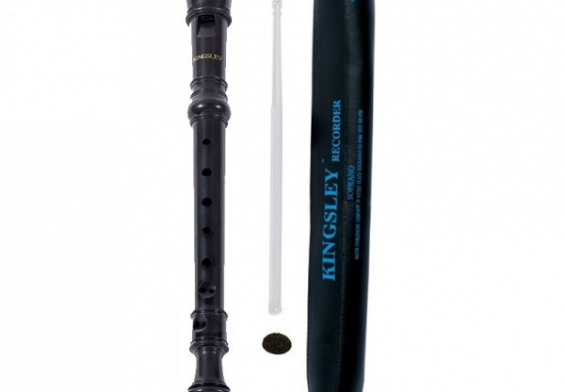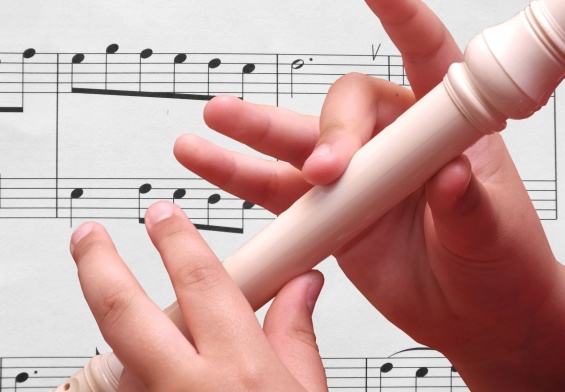If you want to learn how to play or pick up the recorder after years away, you probably have a few questions about the type of recorder instrument you should buy. While it may seem pretty straightforward, there are a few things to consider before making your purchase.
Should I Get a Wooden Recorder or a Plastic One?
If price is a consideration, you can settle this question fairly quickly because plastic recorders are generally much cheaper than wooden ones. However, the big difference between wooden and plastic instruments is the sound. Wooden recorders are known for having a richer, more colorful tone than their plastic counterparts. For this reason, wooden recorders allow for more expression. They are also easier to play than plastic, especially on the lower notes.
Plastic recorders also have the disadvantage of not being able to absorb moisture. As a result, they can become blocked up with moisture which leads to a muffled sound. This is a common problem when playing a plastic recorder for uninterrupted periods.
Nevertheless, plastic can be the right choice for a beginner. You can test how comfortable you are with the instrument and whether it is the right size before you upgrade to wood. One advantage of plastic is that it’s very easy to maintain. Unlike wooden recorders, you can simply wash them out.
What is the Difference Between Baroque, Renaissance, and German Fingerings?
The three main types of fingering on a recorder are Baroque (sometimes called English), Renaissance, and German.
The most common type is Baroque and is usually considered the standard for modern fingering on recorders. For this reason, most instructors will tell you to get a Baroque recorder. If you are unsure, this one is the safest choice.
Renaissance fingering actually covers a broad range of fingerings. Renaissance recorders are known for their wide bores and single holes. These days, however, they usually have the standard Baroque fingering to make them easier to play.
Originally, German fingering was designed for younger players. If you are returning to the instrument after years away, you may be more familiar with this setup. Nevertheless, German fingering is usually discouraged for older players as it can limit future playing opportunities.
Should I learn on a Soprano or Alto Recorder?

The two most common types of recorders for beginners are the soprano and the alto. Naturally, there are important differences between the two types to consider.
The alto may be the best choice to start with because it is easier to play in a group with other recorder players. It is also perfect for playing things like folk music and hymns. However, players with smaller hands may have trouble. Fortunately, there are some alto models which help avoid fatigue when playing.
On the other hand, you may be more familiar with the fingering patterns on a soprano recorder if you already play another wind instrument such as the flute or oboe or even the saxophone. Moreover, if you want to play Baroque music, it may be better to learn on an alto. Furthermore, there is a wide selection of music available because most Baroque sonata literature for the flute was composed for the alto recorder.
Keep in mind that each model has different strengths. Some will be louder, or have stronger bottom ranges, or play better in the upper register. The most important part is to try before you buy. Some models will feel more comfortable than others right away. After you have done a bit of research, you will be in a much better position to find the recorder that works best for your style and your level.




